Test Sieve Price
Thursday July-17 2025 14:41:14
What is the price of a Test sieve?
Test Sieve is an essential tool used in laboratories and industrial production to analyze particle size distribution or grade granular materials. They typically consist of a set of frames with screens of different aperture sizes (mesh counts), using vibratory motion to separate particles by size. Their applications are extensive, covering fields such as chemicals, building materials, food, and pharmaceuticals.The price of test sieve varies significantly, with a set typically costing between $20 and $800 USD. Key factors affecting the price include the material used for the frames and screens, the precision and type of screen, the frame size, the number of sieves included in the set, as well as the brand and whether they carry international standard certifications such as ISO or ASTM. Consequently, from basic small plastic sieve sets to certified sets containing multiple high-precision stainless steel frames, the price range is notably broad.
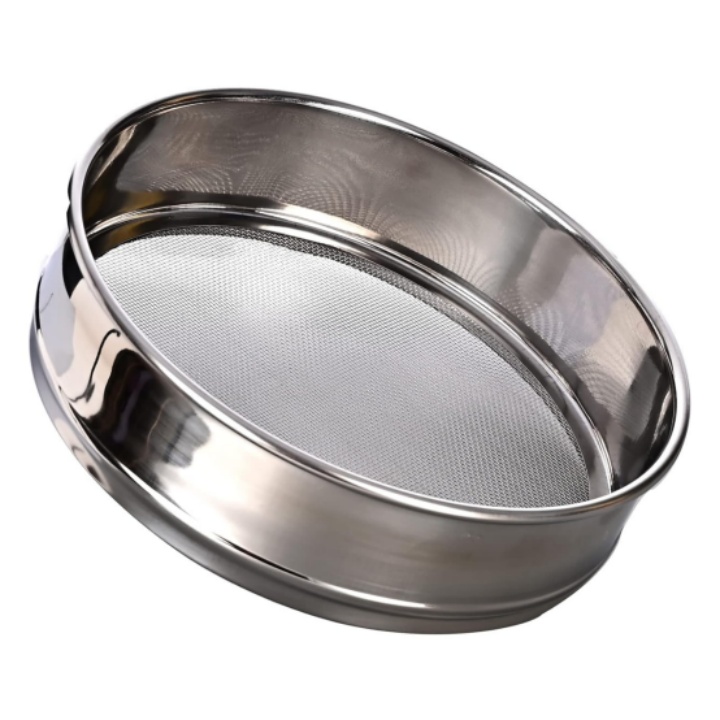
What are the factors that affect the price of test sieves?
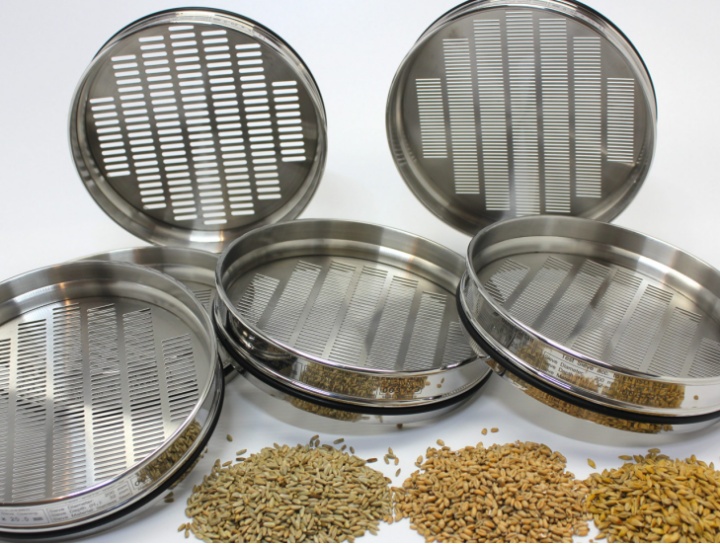
The price difference of test sieves mainly stems from type, material, specification and precision. Different configurations correspond to different scenarios, and the price range is clearly distinguishable. The following are specific classifications and price ranges:
By type
Dry sieve (suitable for dry powders): Laboratory-grade 200mm diameter models, priced at $20 to $120; industrial-grade 300mm diameter models, $150 to $300.
Wet sieve (suitable for viscous materials): Basic 200mm diameter models, $80 to $200; thickened 316L material models, $300 to $500; industrial-grade 600mm diameter models, $500 to $800.
By material
Ordinary stainless steel (304 material): All specifications, $20 to $500, suitable for non-corrosive scenarios.
Corrosion-resistant stainless steel (316L material): All specifications (30%-50% higher than 304), $100 to $800, suitable for corrosive environments such as chemical industry and food industry.
By precision
Ordinary sieve mesh (compliance level): All specifications, $20 to $300, meeting general production needs.
Calibrated sieve mesh (with certificate): All specifications (20%-40% higher than ordinary ones), $80 to $800, suitable for high-precision testing in laboratories.
What are the classifications of Test sieves?
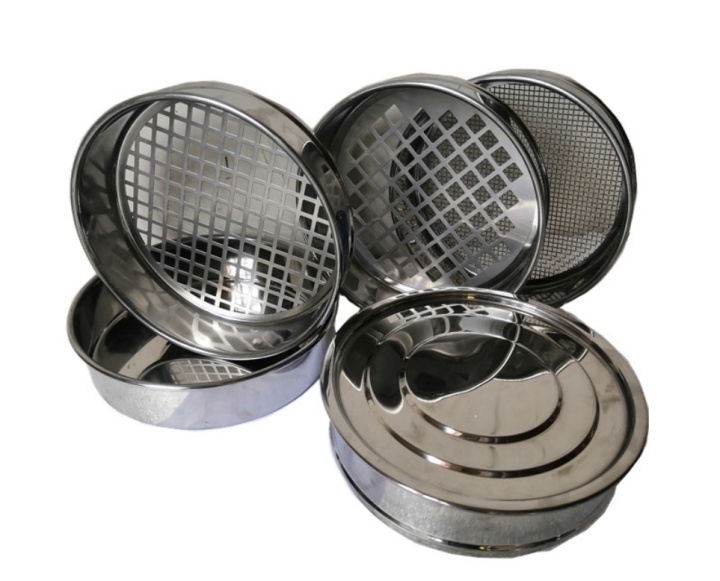
Test sieves can be divided into multiple categories by use and hole shape. Different classifications are suitable for different materials, with different screening efficiency and precision. These classifications precisely match the characteristics of materials in industries such as mining, chemicals, and food, ensuring stable screening results.
By use
Dry sieve: Lightweight design (0.6mm wall thickness), single-layer sealing ring, aperture ≥45μm, suitable for dry powders such as cement and flour, reducing vibration energy consumption and preventing electrostatic adsorption of fine powders.
Wet sieve: Thickened frame (1.0mm wall thickness), double-layer waterproof sealing ring, aperture ≥20μm, resistant to 0.3MPa high-pressure water flow, suitable for viscous materials such as clay and mineral slurry, preventing mesh blockage.
By hole shape
Round hole sieve: Circular aperture, uniform force, suitable for regular-shaped materials such as metal particles, reducing blockage.
Square hole sieve: Large effective screening area, high efficiency, suitable for powders such as cement and ore, adapting to high-throughput scenarios.
Woven mesh sieve: Wide aperture range (from microns to millimeters), low cost, suitable for both coarse and fine particle screening.
What are the advantages of Test sieves?

Test sieves, with advantages such as high precision and strong adaptability, have become a preferred tool for particle analysis and play a key role in various fields. These advantages enable them to maintain consistent performance in both laboratory testing and large-scale industrial production, enhancing the reliability of particle size data.
High precision: In line with international standards such as ISO 3310 and ASTM, with minimal aperture error, ensuring accurate particle size classification and reliable data.
Strong adaptability: Efficiently screen from dry powders to viscous slurries, and from coarse particles to nano-sized fine powders, covering the needs of multiple industries.
Good durability: Stainless steel material is resistant to vibration and corrosion, with a long service life, reducing long-term replacement costs.
High efficiency: When used with mechanical screening equipment, the efficiency is more than 10 times higher than manual screening, saving time and labor.
What are the application scenarios of Test sieves?
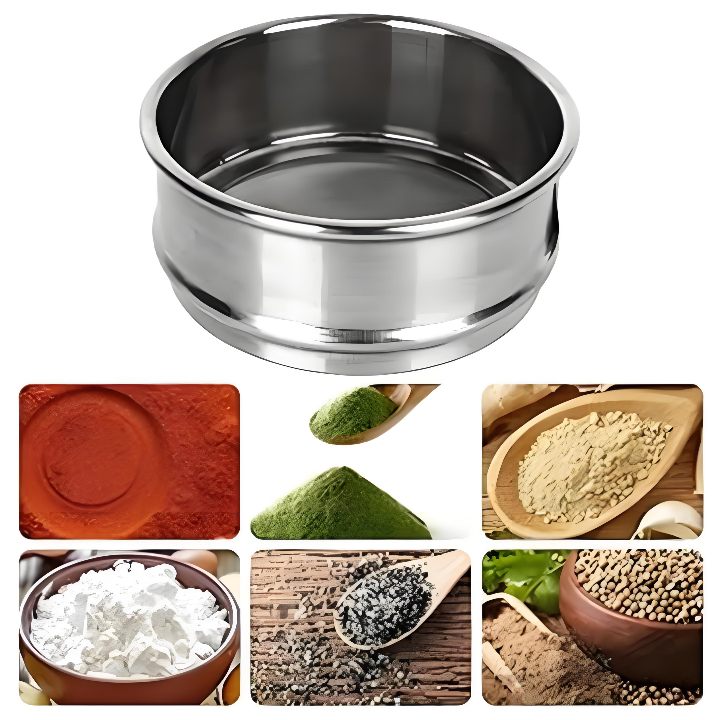
The application of test sieves runs through the entire process of production, scientific research and quality control, providing core support for material quality and process optimization. From ensuring the safety of pharmaceuticals to improving the quality of construction materials, they effectively bridge the gap between material characteristics and application requirements.
Industrial production: In ore processing and chemical production, it is used for raw material classification and finished product screening to ensure that the particle size of materials meets production standards, such as controlling the fineness of cement to ensure strength.
Laboratory testing: Universities and research institutions use it to analyze the particle size distribution of samples, providing data support for the research and development of new materials (such as lithium battery materials) and promoting technological breakthroughs.
Quality control: The pharmaceutical industry uses pharmacopoeia sieves to test particle size to ensure that the dissolution rate of drugs meets the standard; the food industry screens the particle size of flour to ensure uniform taste.
Environmental protection field: It is used for particle analysis of soil and sludge to evaluate the pollution degree and provide a basis for treatment plans.
The price of test sieves ranges from $23 to $850. Although the range seems large, it actually corresponds to the precise needs of different scenarios - cheap basic models can meet the daily testing needs of small laboratories, while high-priced industrial-grade products are suitable for large-scale, high-precision screening tasks in factories. Its core value lies not only in "screening", but also in reducing production losses, improving product quality and accelerating scientific research progress through precise particle size control. When choosing, it is necessary to combine the characteristics of the material (dry/viscous), precision requirements (ordinary/calibrated) and scenarios (laboratory/factory) to make every budget play its maximum value.
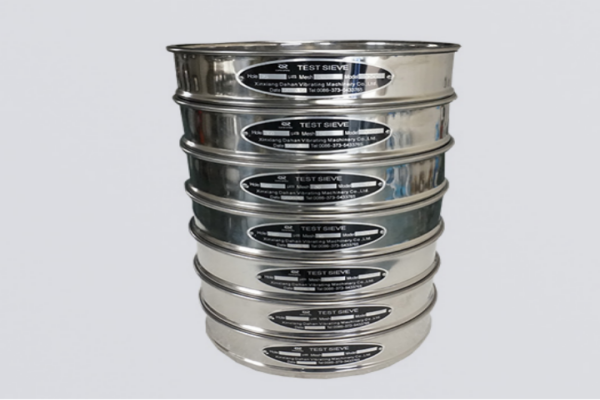 Test Sieve
Test Sieve